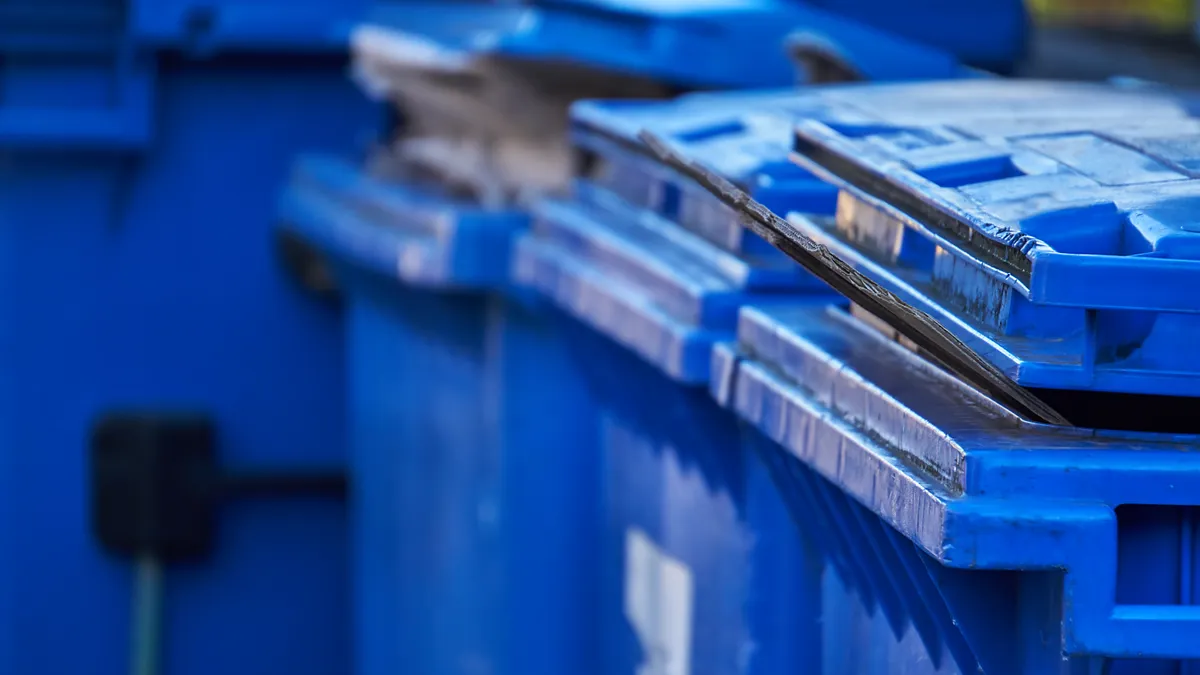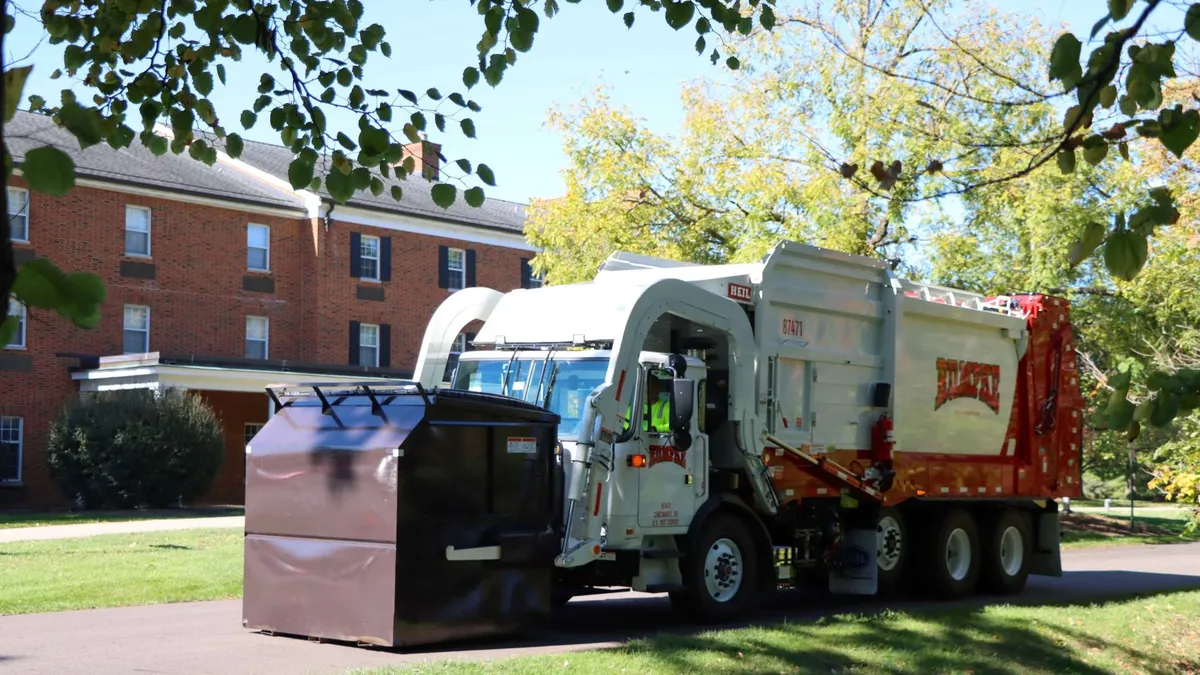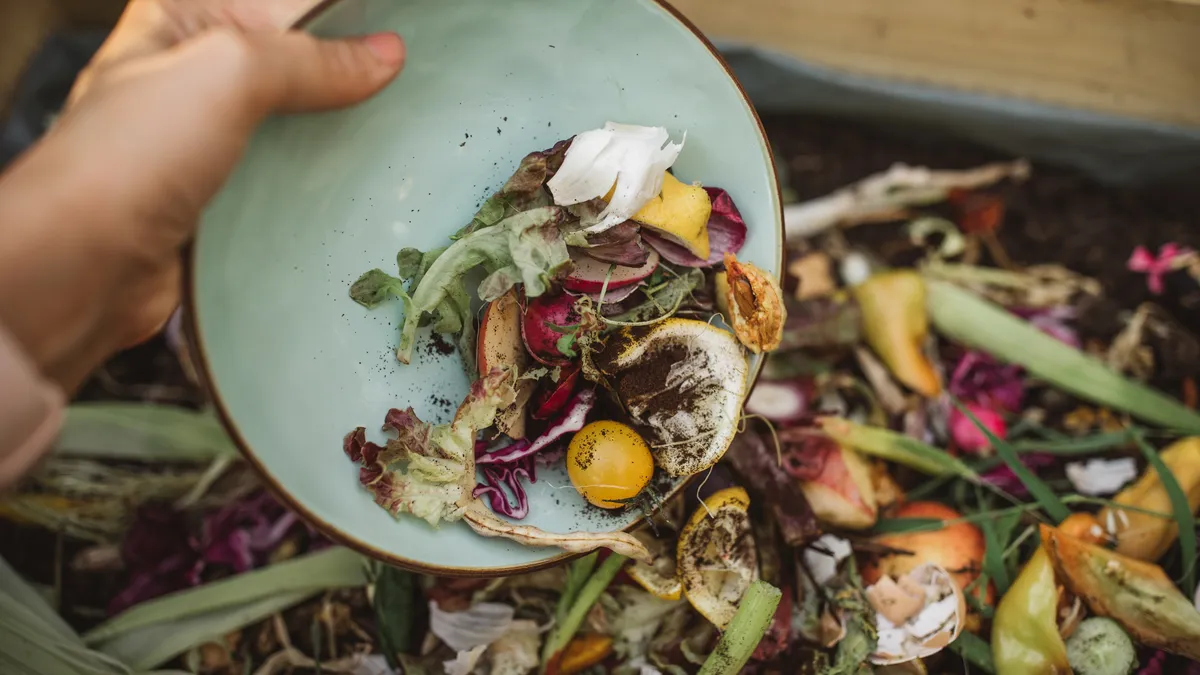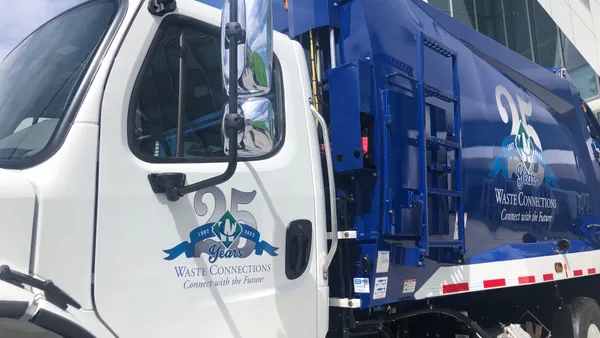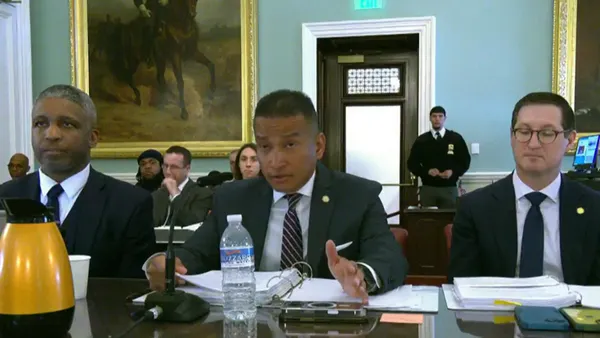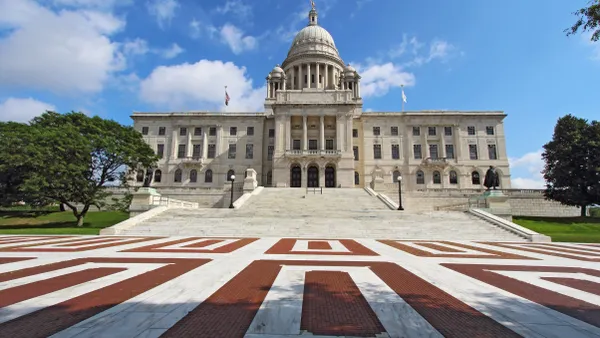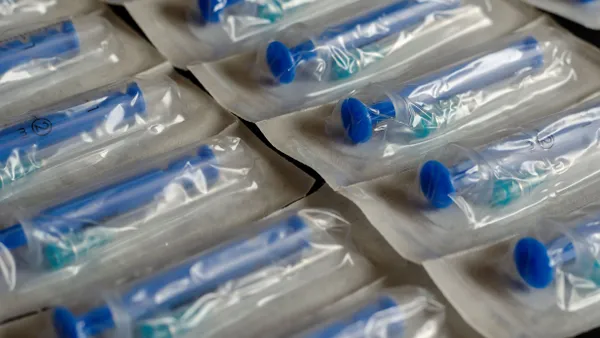Dive Brief:
- Alberta’s new extended producer responsibility program for packaging and paper officially started today, placing new requirements on producers to fully fund and manage the recycling of certain packaging products.
- Circular Materials is the producer responsibility organization for EPR operations in the province. The rollout has been in the works since 2022, when officials approved the regulations and began working with producers, local governments and communities.
- The EPR for packaging program has two phases.The first phase covers over 200 communities, including 45 communities where Circular Materials will “immediately begin direct management of recycling services” and another 150 communities that will continue to manage their own recycling collection as a service provider to Circular Materials, the PRO said in a news release.
Dive Insight:
Waste operators see such programs as a chance to tap into EPR-related business opportunities, especially as most Canadian provinces have adopted such policies or are in the process of implementing new programs. The new program is expected to help increase recycling access while diverting more material from disposal and lowering recycling management costs to Albertans, officials said at a press event on Monday.
Alberta’s new EPR program covers certain paper, plastic, metal and glass packaging materials. Producers pay a flat “oversight fee” as part of the program, and producers that are deemed as above the program’s supply threshold will also pay an additional variable fee. The latest round of fee invoices were issued on January 20. As of February 1, the program has 868 registered producers enrolled in the program, according to the Alberta Recycling Management Authority, which manages the program.
Materials regulated under other provincial stewardship programs — including beverage containers, electronics, paint, tires and used oil — aren’t part of the EPR program, ARMA said.
Alberta has a separate EPR program for hazardous and special products, which includes certain batteries, pesticides and flammable consumer products. As of April 1, that program replaces an older household hazardous waste program. The province also has a container deposit system, which has been operating for decades.
“We know Albertans are passionate about recycling, and we're really good at it for things like beverage containers, but the numbers don't lie. Albertans are sending more waste to the landfill each year than your average Canadian. We need that to change,” said Dale Nally, Minister of the province’s Service Alberta and Red Tape Reduction department during the press event.
In Alberta, Circular Materials is now in charge of making “key decisions regarding residential recycling collections,” and will cover the costs for most collection services, said Chris Fowler, acting branch manager of waste services with the City of Edmonton.
The City of Edmonton is among the cities that will continue to manage their recycling program, Fowler said. Residents are likely not to see a major difference in their service, but the city expects the program to lower recycling costs. “As of this January, it went down by 10.7% due to the funding we will now receive from Circular Materials,” he said during the press event.
Ed Gugenheimer, CEO of ARMA, said the first phase covers about 90% of the province’s population. The second phase of the EPR rollout is expected to launch in October 2026 for the communities that did not have existing recycling services as of November 30, 2022.
“Alberta has helped defer hundreds of thousands of tons of waste from landfills each year. Recycling is a part of Alberta's character, and EPR is simply the next step forward,” Gugenheimer said.
Eight other Canadian provinces are either in the process of implementing EPR for packaging or have established programs. That includes British Columbia, Manitoba, New Brunswick, Nova Scotia, Ontario, Québec, Saskatchewan and The Yukon. Packaging producers provide either full or partial funding of the recycling system in these provinces.
Among the regions attracting waste management business is Ontario, which is in the process of fully transitioning the management of its Blue Box program to packaging producers. That ongoing transition is expected to be complete by the end of the year.
Other provinces, such as Quebec, Nova Scotia and The Yukon are expected to reach key implementation milestones this year.



